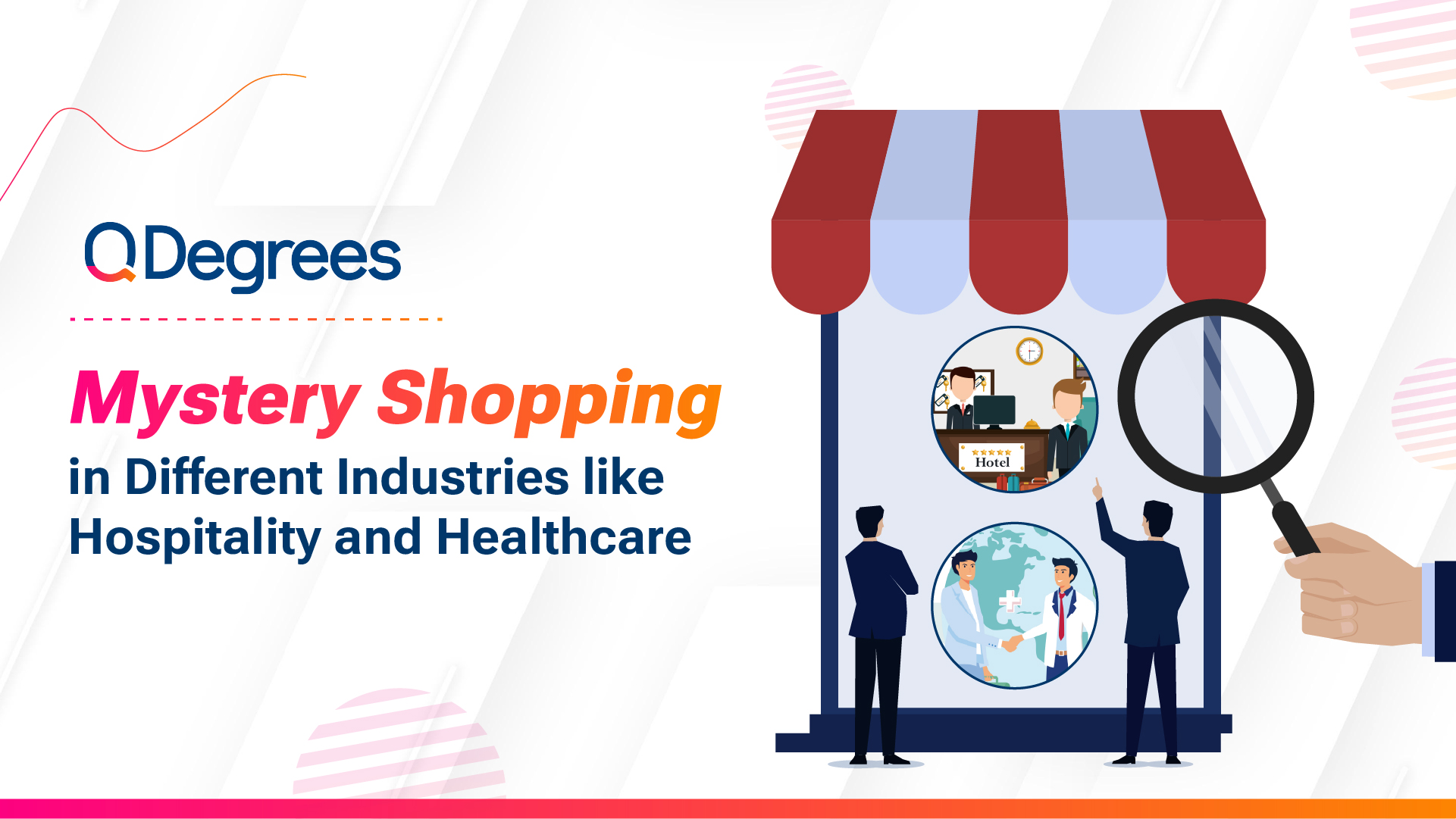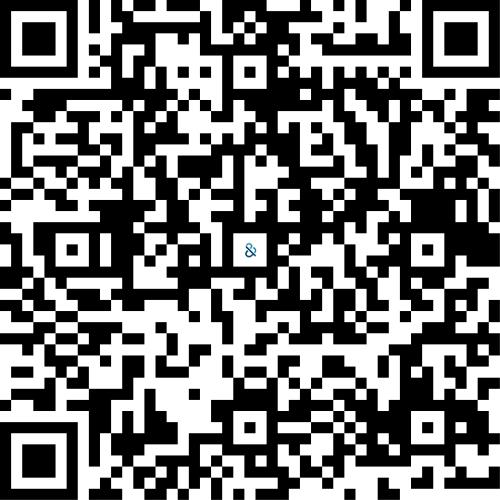Newsletter
ServicesMystery Shopping in Different Industries like Hospitality and Healthcare
Jul. 16, 2025

Why do 5-star reviews often miss the real picture? Why do patient satisfaction scores look good but still leave gaps in service?
In industries like hospitality and healthcare, surface-level feedback doesn't always show what's truly happening. Studies show that over 60 per cent of service complaints in hospitality go unreported, while in healthcare, nearly 1 in 3 patients experience communication gaps that aren’t captured in typical feedback channels. Mystery Shopping helps fill that gap by offering data-driven insights into real-time service experiences. It goes beyond what customers or patients say and focuses on what they go through.
Whether it’s a delayed room service in a hotel or a missed interaction in a hospital ward, these moments reflect how well service standards are followed. According to industry benchmarks, only 52 percent of hospitality outlets meet their standard operating procedures consistently when audited anonymously. By capturing this data objectively, organisations gain a clearer, more accurate view of their operations. And with the right framework, it doesn’t just report issues, it helps uncover why they happen and what to do next.
Let’s look at a scenario. A guest walks into a hotel after a long journey, tired, expecting a smooth check-in and a warm welcome. But at 6 out of 10 properties, the promised early check-in assistance wasn’t offered. In a similar setting, a patient visits a hospital emergency department late at night. There are delays in response times and a lack of attention to key patient needs. These aren’t just missed steps, they’re missed expectations. Through Mystery Shopping, both brands uncovered gaps invisible in routine audits. The result? Clear data, actionable training, and a measurable lift in service consistency.
Operational Visibility in Hospitality Through Mystery Shopping
Service consistency across locations: Evaluating multiple locations helps ensure consistent service standards are met everywhere. For example, one hotel may offer early check-ins while other doesn’t, which affects guest expectations. Addressing these inconsistencies ensures a uniform guest experience across all locations.
● Real-time insight into staff behavior: Observing staff interactions with guests gives immediate feedback on their behavior. While a friendly greeting might be observed, missed opportunities, like not providing additional information, show areas for improvement. This ensures staff act consistently and appropriately with each guest.
● Gap analysis in the customer journey: Identifying gaps such as delays in room service or missed concierge requests highlights where the guest experience is disrupted. Recognizing these issues allows for quick fixes in operations and staffing. This leads to a more efficient and enjoyable experience for every guest.
● Benchmarking performance: By comparing your service with competitors, you can spot areas where you’re falling short. For instance, a competitor may offer quicker check-ins or more attentive service. Benchmarking helps you understand where you stand and provides direction for necessary improvements.
● Training needs identification: Real-time observations expose areas where staff need more training, such as missing key interactions or lacking product knowledge. These insights highlight specific training gaps. Addressing these gaps through focused training ensures staff meet and exceed guest expectations.
Strengthening Care Standards in Healthcare Through Mystery Shopping
● Checks adherence to protocols: Mystery shopping helps identify whether healthcare protocols, such as patient identification and hygiene practices, are consistently followed. Observations reveal any lapses in procedure. Addressing these gaps ensures patient safety and compliance with standards.
● Evaluates time-critical interaction: Mystery shopping assesses how quickly staff respond to urgent patient needs, such as in emergencies or time-sensitive treatments. Delays can be detected and improved upon. This ensures timely care, which is crucial for patient safety and satisfaction.
● Highlights communication gaps: By observing patient interactions, mystery shopping reveals where communication falls short, like unclear discharge instructions. Identifying these gaps helps improve staff communication. Clear, concise communication leads to better patient understanding and comfort.
● Tests support service reliability: Mystery shoppers assess the reliability of support services like pharmacy, billing, or housekeeping. Any delays or issues in these services are noted. Improving support reliability ensures a smooth patient experience and supports overall satisfaction.
Improves patient experience with data: Using real-time data gathered through mystery shopping helps pinpoint areas needing improvement. This objective feedback allows healthcare providers to refine processes. Ultimately, it enhances the overall patient experience through targeted improvements.
Conclusion:
To address service gaps and enhance consistency, Mystery Shopping offers a clear solution by providing real-time, actionable data. By identifying areas where service standards fall short, businesses can implement targeted training and process improvements. This approach helps streamline operations, ensure better guest and patient interactions, and maintain high service quality across locations. Regular mystery shopping assessments enable continuous improvement, leading to increased customer satisfaction and long-term success.
